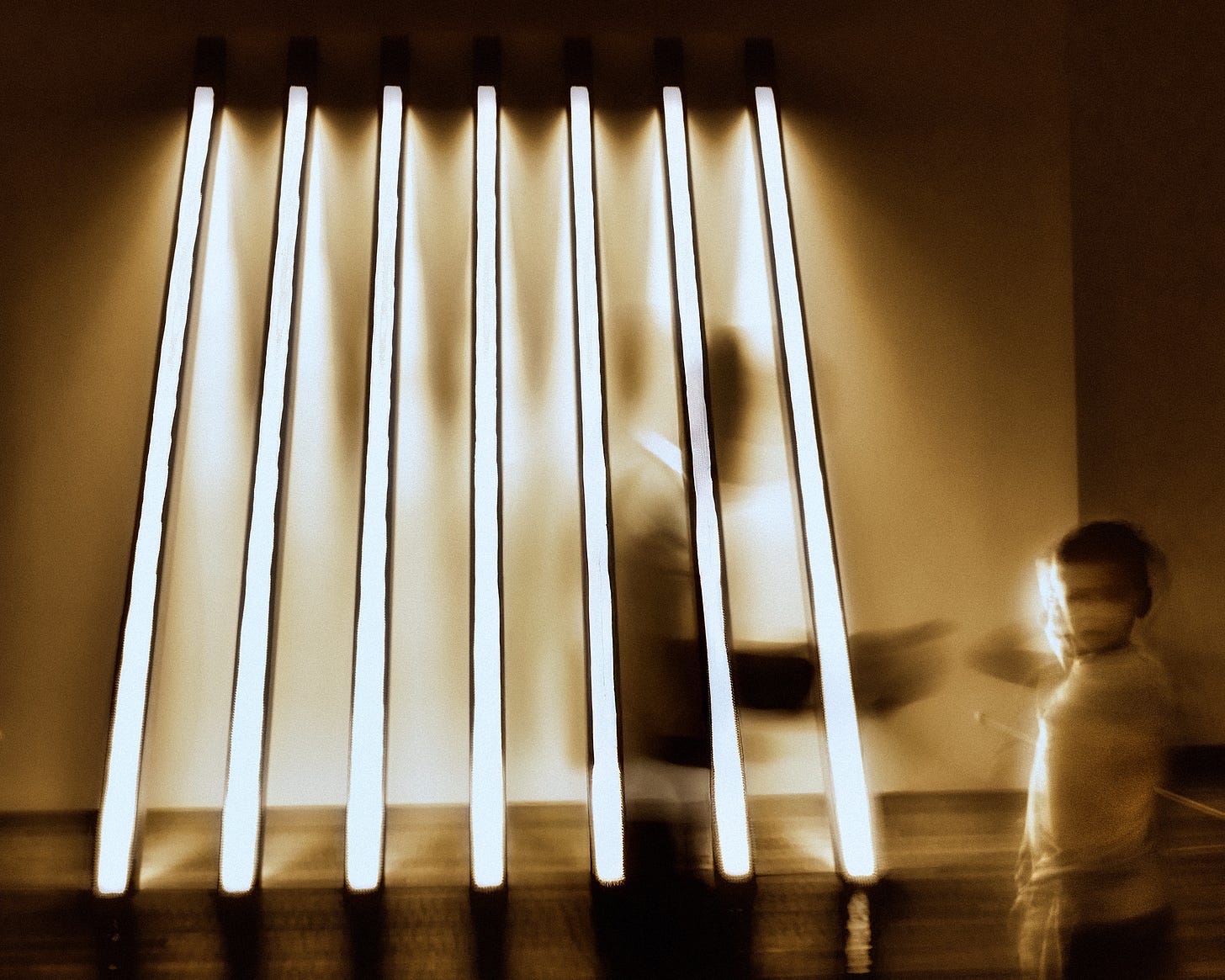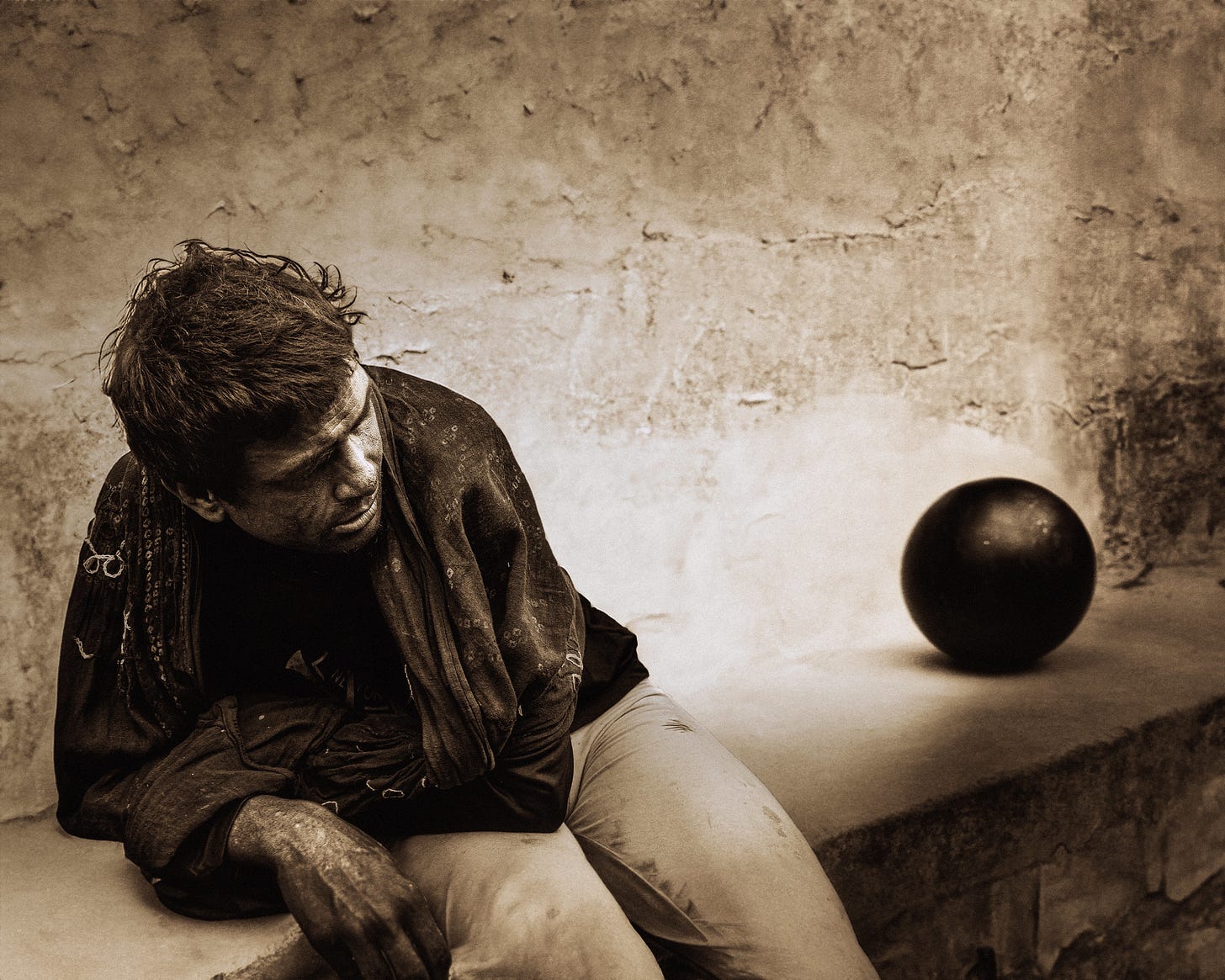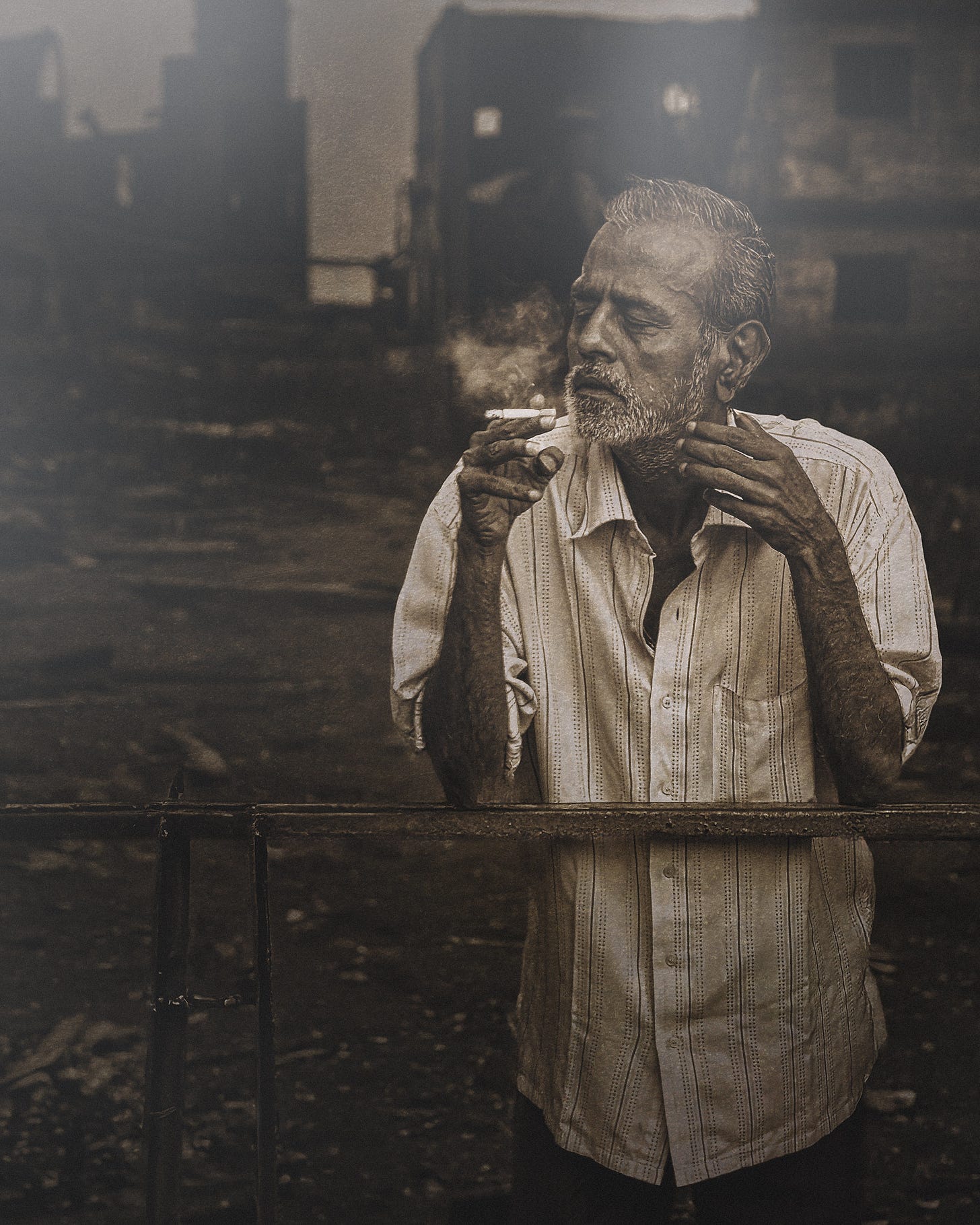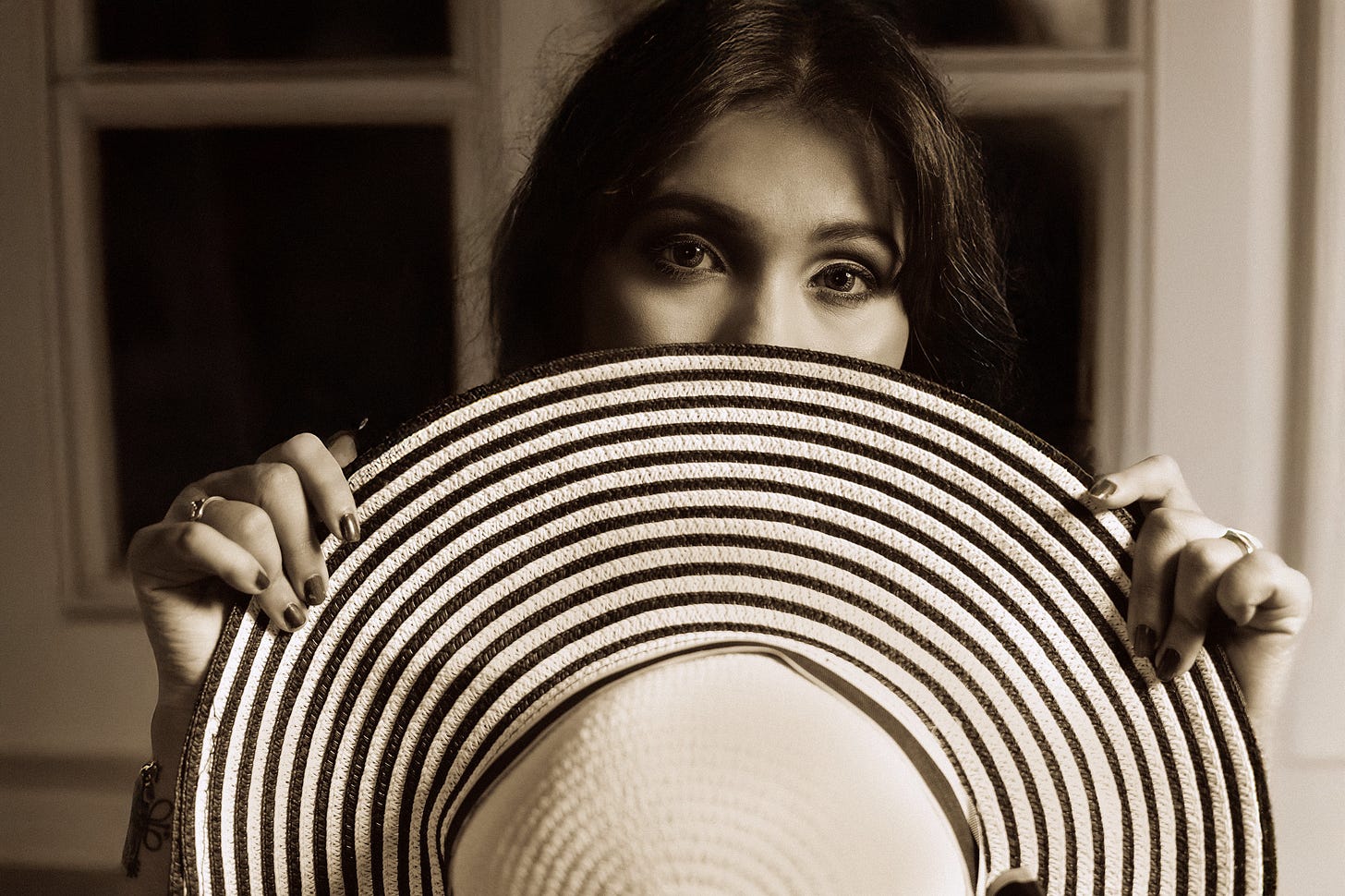As AI continues to make its way into the art world, many artists are growing increasingly concerned about what the future holds. Jobs are being cut as companies turn to AI to save costs; countless artworks are being used—often without permission—to train AI models; years of dedication are being easily ripped off. Critics argue that AI lacks the ability to truly understand human emotion and fear that it's harming creativity by generating soulless art. For many, it seems like this once deeply human realm is facing a dire threat.
But not everyone sees it that way.
Craig Boehman, an American fine art photographer based in Mumbai, India, offers a different perspective in his article "In Defense of AI Art." Rather than seeing AI as a threat, Boehman embraces it as a powerful tool that can help artists express themselves in new ways. For him, what matters most in art isn't how it's created, but the emotional connection it fosters in people. That connection, he says, is where the real value of art lies.
Today, we're pleased to speak with Craig Boehman himself to dive deeper into his views on AI and AI art.
Slight editing - Originally the figure moving toward the child appeared outside of the bars of light. Craig edited the bars to give the appearance that the figure was inside. (Credit: Craig Boehman)
The Nexus: Since integrating AI into your creative process, what aspects of your work have changed—and what has stayed the same?
Craig Boehman: Since integrating AI into my process, what's changed is how I approach post production. I now have more tools to experiment with—whether it's enhancing details, swapping backgrounds, or filling in parts of an image using Photoshop's generative features. I've also used tools like Midjourney to create assets when nothing else could pull it off. That's added a layer of flexibility and creative problem-solving I didn't have before. What's stayed the same is my core practice: I'm still out there shooting, especially street photography. I still rely on my eye, my timing, and the connection I feel to the image. AI hasn't replaced that—it's just a tool I use after the fact. And if I don't feel something toward the final image, whether it's shot or generated, I don't share it. That part hasn't changed at all.
For "Asset Added", Craig created the bowling-ball-looking object in Midjourney and added it to a street image. (Credit: Craig Boehman)
The Nexus: What role does AI play in your daily work? Do you see AI as a collaborator, an assistant or something else entirely?
Craig Boehman: I use AI daily in my work, either for creating or as an assistant. Honestly, ChatGPT probably handles more day-to-day tasks than I use AI for my art. But to answer your question—I see AI as a tool, an assistant. Until it develops a consciousness that's widely recognized and accepted, I can't really consider it a collaborator.
The Nexus: You've had some conversations with artists who are against AI art—why do you think they are so opposed to AI art?
Craig Boehman: The artists I talk to are usually concerned about job loss or being ripped off. And those are legitimate concerns. But it's also a losing battle. I think a lot of artists see AI as this anonymous force wreaking havoc on the art world, when in reality, it's corporations they're up against. Tools don't rip off artists. People do. People fire artists. People invest in new tech. And most of them are working for powerful companies.
There's also the authenticity argument—people saying AI art has no soul, or that it can't replicate what humans create. But AI is a human-made tool. It didn't appear in a vacuum, dropped in by some mad scientist or pulled from behind a curtain by the Wizard of Oz. To me, AI is no different than a paintbrush. If you're not into painting, don't paint. But the hostility toward those who do use AI—and vice versa—is unnecessary. It's just unfortunate that many artists who oppose AI direct their frustration at fellow artists using it.
History isn't on their side, either. The same outrage happened with the printing press, photography, the automobile, the Internet, and digital tools. Every major tech shift has killed jobs, created new ones, and disrupted the status quo. AI is just continuing that pattern. Artists can accept it or reject it in their own practice—but we should support one another regardless of what tools we choose.
Complete Background change - A recent iPhone shot of a smoking man in Kolkata and replaced bg in Photoshop. (Credit: Craig Boehman)
The Nexus: In the article "In Defense of AI Art", you mentioned the connection between artists and their works. Can you elaborate on it? And how do you think AI influences that connection?
Craig Boehman: I probably should've expanded on this in the article, but it was already getting long and a bit meandering. This part felt more personal—something I had to say about using AI in my work.
When I first started exploring AI, especially with Midjourney, I generated tens of thousands of images. Some of them were visually stunning—things I could've never created with any other tool. But I didn't feel connected to them. That hit me hard. Just because I could create something impressive didn't mean I should present it as my own—not unless there was a real connection.
These days, I've made a deliberate choice not to include 100% AI-generated images in my work. It's not because I think prompting isn't valid as a form of expression—it absolutely is. But my background in photography, especially street work, has always grounded me in the importance of being in the field. Even with street photography, I don't share every shot. If I don't feel anything toward the image, it's an outtake. Same rules apply with AI.
For me, it comes down to connection—and just as importantly, intentionality. Both have to be there. If I'm going to call something mine and put it out into the world, I need to feel it. Otherwise, it's just noise.
Studio Portrait - BG change - simply changed the entire background using Adobe Firefly in Photoshop. (Credit: Craig Boehman)
The Nexus: What are some specific AI tools you've enjoyed using recently, and what makes them stand out to you?
Craig Boehman: In order of usage: ChatGPT, Luminar Neo, Adobe Firefly (via Photoshop), and Midjourney. Technically, Luminar Neo might not belong on an AI list due to its limited Generative AI, but considering it's from Skylum—the company behind the world's first AI-driven photo editor—it deserves a spot. I use Luminar Neo in every fine art image I make. Back when I was heavy into Midjourney, I'd upscale those images and run them through Neo to enhance them and tweak the color schemes. That's a whole topic on its own, but Neo has been key in how I process AI-generated content.
As mentioned, ChatGPT is my daily workhorse. The rest—Firefly, Neo, Midjourney—are for transforming images. Beyond that, I haven't explored too many new tools. It's more about lack of time than interest. But with how fast things are moving, I wouldn't be surprised if I'm using a whole new set of apps by the end of the year.
The interview questions are reviewed by Ron Frederick; the interview article is edited by Alex Li.
"Questions on AI" is a new interview series by The Nexus, focusing on the wide-ranging impact of AI technologies. We’ll be speaking with experts, scholars, and practitioners from various fields to explore how AI is reshaping our world.





